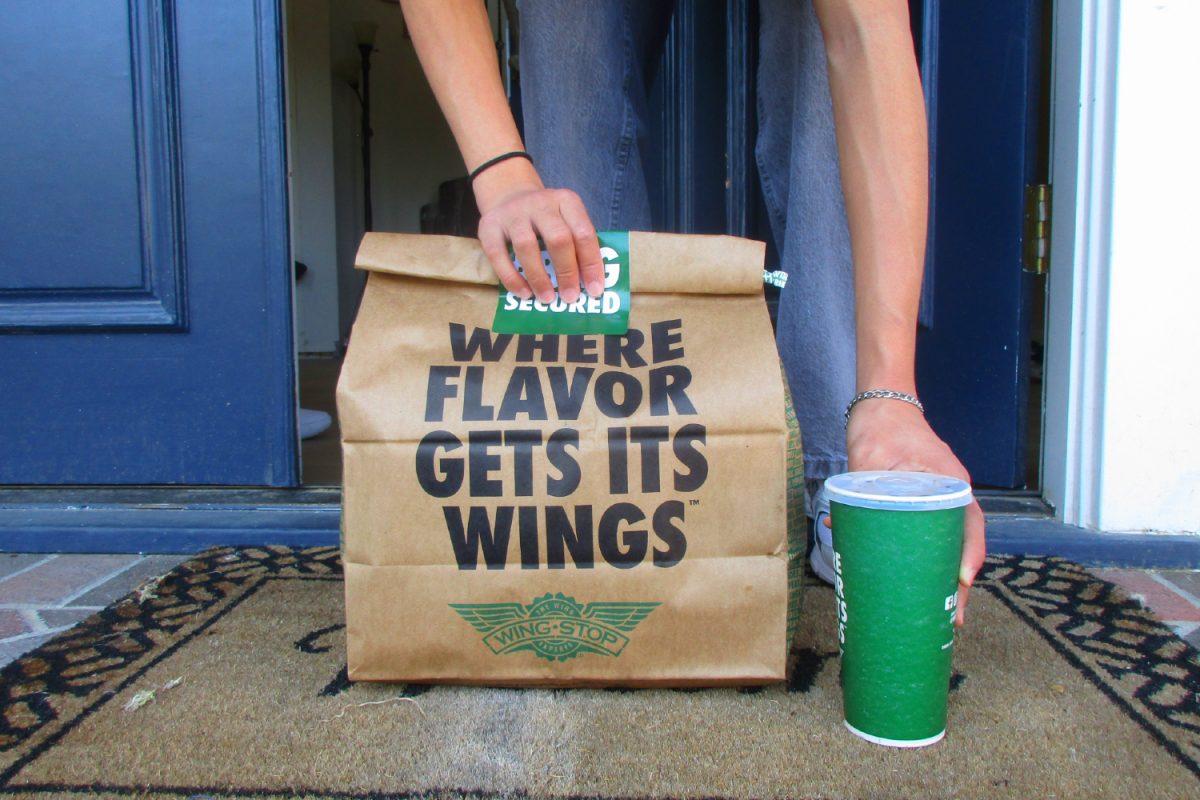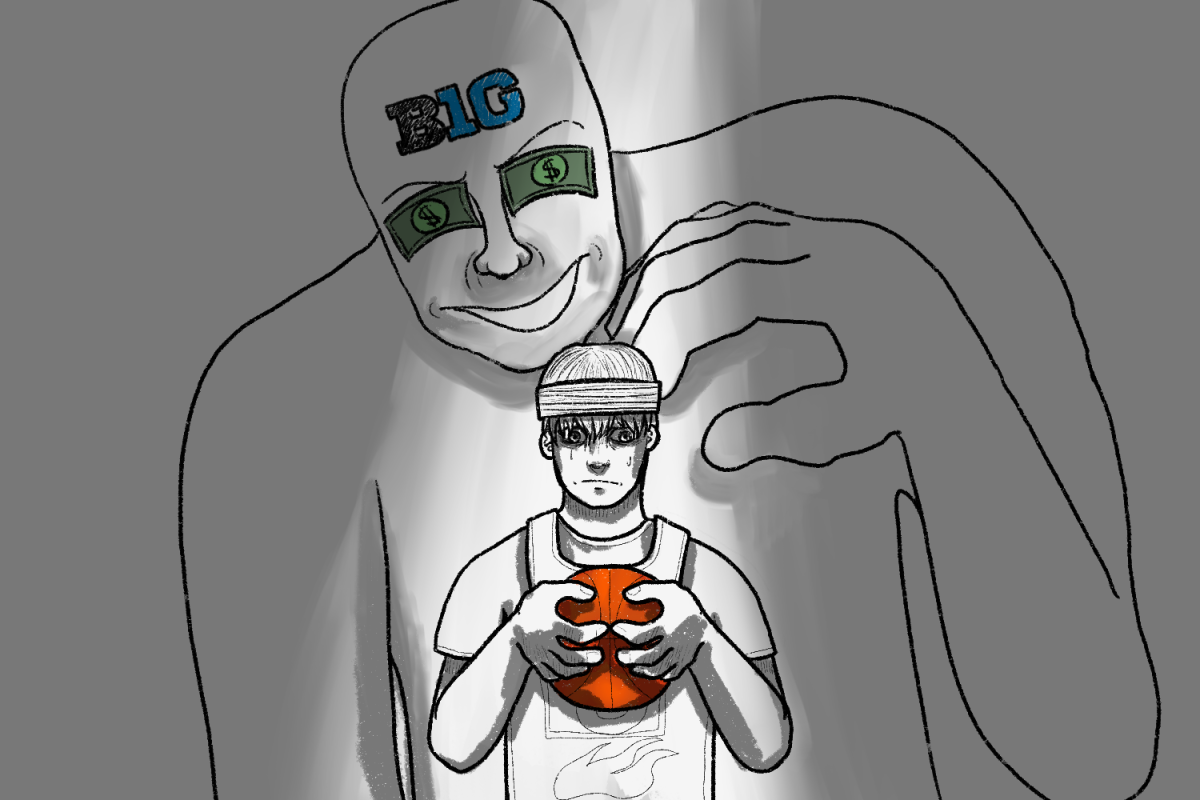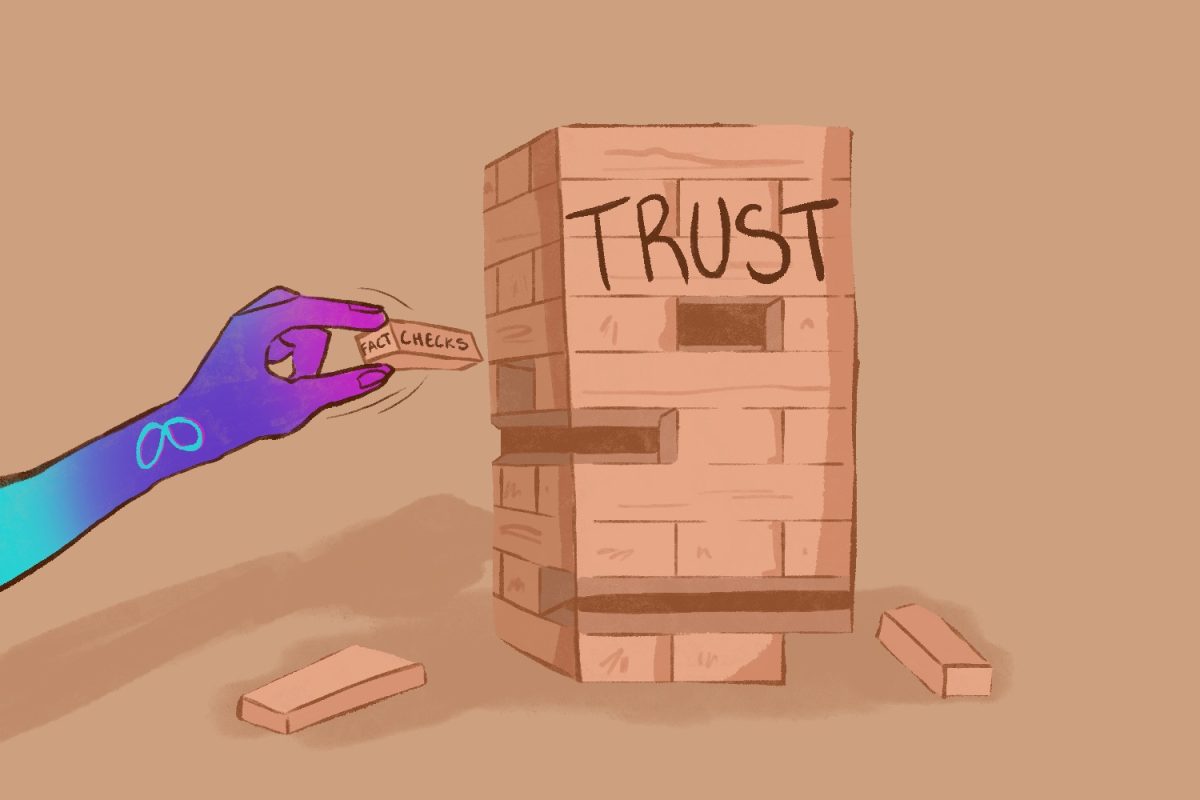A hungry teen opens his phone. A few taps later, he places an order. Within just a few moments, a meal arrives at his doorstep.
In the past decade, food delivery services such as DoorDash, Grubhub, and Uber Eats have transformed the way we eat. With instant access to meals from a wide range of restaurants, these platforms offer unmatched convenience. Whether it’s sushi, tacos, or fast food, a vast array of options is just a few swipes away.
However, behind this seamless experience lie many unseen consequences. While these services may satisfy cravings quickly, they’re silently eroding our health, the cultural significance of food, and the environment.
To begin with, the convenience of delivery often comes at the cost of connection. Dining out or even ordering takeout involves basic human interaction: placing an order with a server, chatting with a host, or simply speaking over the phone. However, food delivery does not require any socialization – workers simply drop off a bag of food, perhaps ring the doorbell, and leave. Without the need for human contact and leaving the home to get a meal, individuals are encouraged to isolate themselves, opting to eat alone, confined to their homes.
Beyond isolation is the diminishing appreciation for how food is made. When an entire meal instantly appears at a doorstep, individuals lose touch of the process behind it, stripping them completely of the notion of food preparation. Without seeing the time, care, and technique involved in making meals, people become detached from the craftsmanship behind food, reducing it to merely a product rather than a cultural experience.
Health is another overlooked cost of food delivery. Dishes offered by restaurants often prioritize taste and appearance, frequently sacrificing nutrition. Compared to home-cooked meals, delivered food tends to be far less healthy, being highly saturated in fat, sodium, and sugar and having unhealthily large portions. In fact, a study by the Journal of the Academy of Nutrition and Dietetics found that 92% of meals from both large-chain and local restaurants exceed the typical caloric requirements for a single eating occasion. With food delivery services making these meals more accessible than ever, unhealthy options are now just a tap away. As delivery becomes more routine, so do poor eating habits.
And then there’s the environmental cost. When you order food delivery, your meal comes in a plastic bag and styrofoam takeout containers and is accompanied by a handful of single-use utensils that seem to take up more room than the meal they’re meant for. This excessive packaging produces significantly more waste than an in-restaurant dining experience and contributes to pollution and carbon emissions at alarming rates. In fact, A 2021 report by Nature Sustainability found that 44% of plastic waste found in the ocean came from takeout food and drinks.
Beyond plastic waste, food waste is another overlooked consequence of food delivery. With the ease of ordering from the comfort of home, people are more likely to over-order, resulting in uneaten leftovers that end up in the trash — and ultimately, in landfills, where they generate even more harmful emissions.
On top of that, the surge in delivery vehicles further amplifies the environmental toll. The typical passenger vehicle emits about 4.6 metric tons of carbon dioxide per year. To put this into perspective, DoorDash employed 8 million couriers, or Dashers, in 2024. The massive scale at which these services operate with vehicles significantly contributes to carbon emissions and climate change.
Though the rise of food delivery may be feeding our society’s hunger for convenience, it is ultimately starving our communities of connection, health, and sustainability.
*This editorial reflects the views of the Editorial Board and was written by Emi Sim. The Editorial Board voted 8 in agreement, 3 somewhat in agreement, and 2 refrained from voting.













